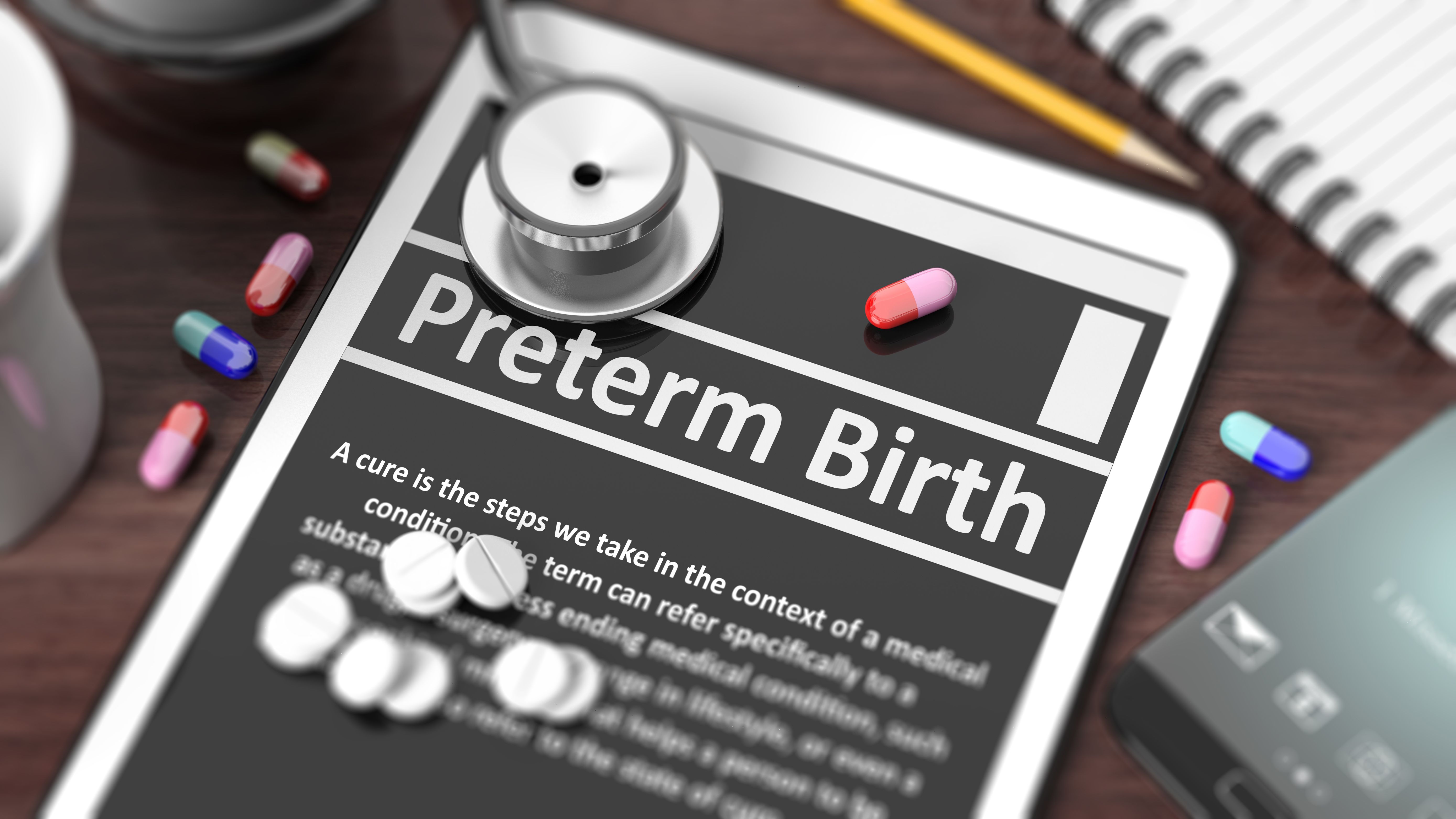PROLONG study contradicts earlier findings on 17-OHPC
Although a 2003 clinical trial overwhelmingly found that 17-α-hydroxyprogesterone caproate (17-OHPC) significantly decreases recurrent preterm birth (PTB) and neonatal morbidity, a recently published study in the American Journal of Perinatology found drastically different results.
©viperagp - stock.adobe.com

Although a 2003 clinical trial overwhelmingly found that 17-α-hydroxyprogesterone caproate (17-OHPC) significantly decreases recurrent preterm birth (PTB) and neonatal morbidity, a recently published study in the American Journal of Perinatology found drastically different results. The original study from Meis et al. was shut down early due to large treatment benefit, but the current study suggests that stoppage may have been premature.
Methods
The 17-OHCP to Prevent Recurrent Preterm Birth in Singleton Gestations (PROLONG) Study was a multicenter, randomized, controlled, parallel group, double-blind trial at 93 total centers across nine countries. Clinical sites were required to be associated with a hospital that had access to level-3 or greater neonatal intensive care unit (NICU). Participants were limited to women ≥ 18 years with a singleton pregnancy complicated by a singleton SPTB and who were 160/7to 206/7weeks following spontaneous preterm birth (SPTB) or preterm rupture of membranes (PROM). Participants were randomized in a 2:1 ratio to receive either weekly intramuscular (IM) injections of 250 mg of 17-OHPC or an inert oil placebo. The injection treatment was continued until delivery or 36 weeks.
The co-primary outcomes were PTB at < 35 weeks and a neonatal morbidity composite index. The composite included: neonatal death, grade 3 or 4 intraventricular hemorrhage, proven sepsis, necrotizing enterocolitis, respiratory distress syndrome, or bronchopulmonary dysplasia.
The first patient enrolled in the study was randomized on November 12, 2009 and the last study visit was October 8, 2018. A total of 1,708 women were eligible for the study and returned for the randomization visit. Of them, 1,130 were allocated to 17-OHPC and 578 were given placebo. Geographically, 391 women were randomized in the United States and 1,317 women were randomized outside of the country. There were no differences in demographic or clinical characteristics between the study groups. A large majority (87%) of the participants were white, few had > 1 prior SPTB, 89% were married, and 8% smoked. Results
The authors found no difference between treatment groups for either coprimary efficacy outcome; PTB < 350/7weeks (17-OHPC 11.0% vs placebo 11.5%; RR = 0.95 [95% CI: 0.71 – 1.26]; P = 0.72) and neonatal composite index (17-OHPC 5.6% vs placebo 5.0%; RR 1.12 [95% CI 0.70 – 1.66]; P = 0.73). After reviewing the individual components of the neonatal composite index, the authors found no differences between the treatment groups for any of the components assessed. Rates of PTB at < 37 and < 32 weeks were not different either.
The fetal/early infant death rates were lower than expected and no different between treatment groups (17-OHPC 1.7 vs placebo 1.9%; RR = 0.87 [95% CI: 0.4-1.81]). Patients receiving 17-OHPC had a lower risk of miscarriage (17 OHPC 0.5% vs 1.6%; RR = 0.28 [95% CI: 0.08 – 0.94]) and there was no statistically significant difference in frequency of stillbirth (17-OHPC 1.1% vs placebo 0.5%; RR 2.07 [95% CI 0.59-7.29]).
Conclusions
Following the results from this study, the American College of Obstetricians and Gynecologists (ACOG) and the Society of Maternal-Fetal Medicine (SMFM) both released statements on the findings. In a Practice Advisory, ACOG stated, “Consideration for offering 17-OHPC to women at risk of recurrent preterm birth should continue to take into account the body of evidence for progesterone supplementation, the values and preferences of the pregnant woman, the resources available, and the setting in which the intervention will be implemented.”
SMFM released a statement calling for a similar approach. The organization, which had supported treatment with 17-OHPC following the original study, reiterated that 17-OHPC “appears to be safe in the short term, with no increase in congenital anomalies or evidence of teratogenic effects.” Furthermore, the statement affirmed the belief that “it is reasonable for providers to use 17-OHPC in women with a profile more representative of the very high-risk population reported on in the Meis trial. For all women at risk of sPTB, the risk/benefit discussion should incorporate a shared decision-making approach, taking into account the lack of short-term safety concerns but uncertainty regarding benefit.”
The authors believe their findings contradict earlier indications that 17-OHPC could decrease recurrent PTB and it was not associated with increased fetal/early infant death. However, they recognize that the PROLONG trial was underpowered and inconclusive regarding assessment of treatment efficacy. Going forward, systematic reviews and/or meta-analyses to differentiate a population with the most optimal benefit/risk ratio could be beneficial.
S1E4: Dr. Kristina Adams-Waldorf: Pandemics, pathogens and perseverance
July 16th 2020This episode of Pap Talk by Contemporary OB/GYN features an interview with Dr. Kristina Adams-Waldorf, Professor in the Department of Obstetrics and Gynecology and Adjunct Professor in Global Health at the University of Washington (UW) School of Medicine in Seattle.
Listen
Study shows a healthy prenatal diet could be upstream obesity prevention strategy
December 26th 2024"Our findings support the recommendation of a healthy diet based on the current guidelines (as measured by the HEI) during pregnancy, since it may reduce patterns of infant growth outside reference ranges."
Read More
Early pregnancy cannabis use high in states with recreational legalization
November 11th 2024A population-based time-series analysis California before, during and after legalization show a rising trend in women using cannabis while pregnancy especially when the state has legalized the drug.
Read More
